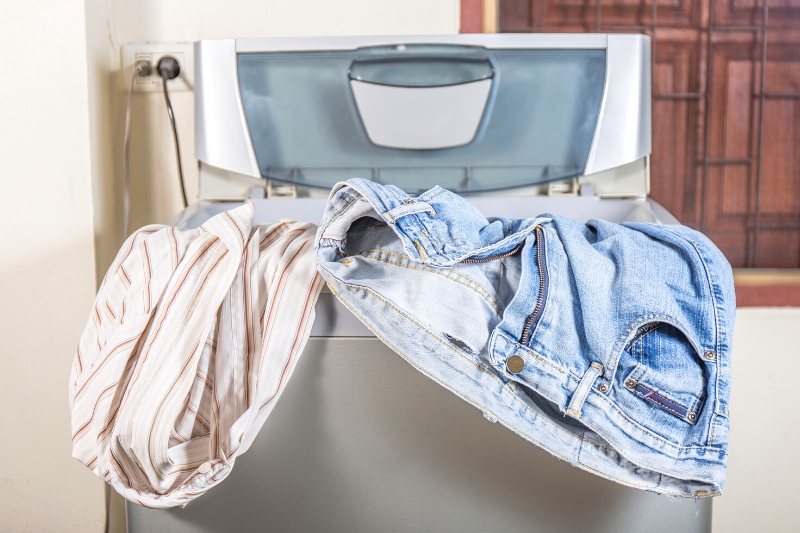It’s always a real bummer. You have a favourite shirt that you tend to wear more than all the other candidates on the rail. But, just like a short-lived pet, it starts to go downhill pretty soon into your relationship with it.
What’s happened? Is it you? Is it the shirt? It’s not either. A lot of it is down to washing.
So, what can you do? Not wash it? Not really an option, unless you value your shirt over human contact.
What you can do is start to wash it in a more friendly way. We’ll get on to what we mean by that in due course. Before that, let’s answer the central question.
Why Does Washing Make Your Clothes Look Old?
It’s a fact that clothes tend not to last us as long as they used to. Back in the day, a shirt would often last its owner for decades. There are lots of reasons for this.
They may have been made more sturdily, by hand, using heavier materials and stronger thread than is customarily used nowadays.
Owners will have been more likely to look after their clothes and repair them as necessary—these things weren’t cheap. In the absence of sweatshops, production cost was high so it made economic sense to keep your clothes going as long as possible.
The main reason though was probably down to the frequency and type of washing. Back then, you’d only wash your clothes after every three or four wears, and then you’d wash by hand, using cold water.
Compare that to the overwhelming majority of washes today. One wearing is usually all a garment gets before being plunged into the laundry cycle. This will probably involve a frantic jumbling in the washing machine, in water of often 40°C or higher.
The effect of this on a garment is to fast forward its ageing process. Like Ursula Andress at the end of She. Or the bit in The Shining when the bath lady ends up with more wrinkles than most bathtimes deliver.
Cause 1: Fibre loss
Why does this ageing happen? One of the chief reasons is because fibres are lost during the process, washed away down the drain, leaving the clothing bereft of some of its very being.
This is why some clothes end up looking limp after a wash. They’ve lost a little bit of their thickness so are physically diminished. Enough to make anyone feel a bit limp.
Cause 2: Fibre damage
It’s not just the fibre loss. Sometimes the high temperatures will actually damage the remaining fibres, so that they no longer stand out as well as they used to.
Also, patterned and coloured materials can lose some of their pigment. This can result in a drab-looking garment.
Cause 3: Size changing
Quite often, clothes are stretched at the manufacturing process, with the idea being that they stay stretched throughout their lives.
However, subjecting them to heat can encourage a snapping back to their previous size, so what was a decent-sized overshirt becomes something an infant Ewok might reject as being too clingy.
Cause 4: Drying
Add to this now any tumble drying that might be applied. The high temperatures used here can further damage those fibres, and remove even more of them.
The drying action can also make the fibres rougher in texture, which can in turn affect the feel of the garment, as well as making the colour look less bright.
And what reward do we give our clothes after surviving this hellish ordeal? We apply a searingly hot plate of metal to it, to smooth out the creases.
The damage this can do is off-the-scale, as anyone who has a white shirt sporting a burn mark in the exact size and shape of an iron will tell you. It’s enough to put you off ironing altogether.
Even if actual burning doesn’t take place, you’ve still got yourself some crudely flattened and probably damaged fibres there.
After all this, I defy anyone not to look a whole bunch older.
Most clothes, on being interviewed about their lives, report a fervent resentment toward their owners, for making them go through such an unnecessary ordeal. Because, what the clothes know, and you will soon enough, is that there’s a better way.
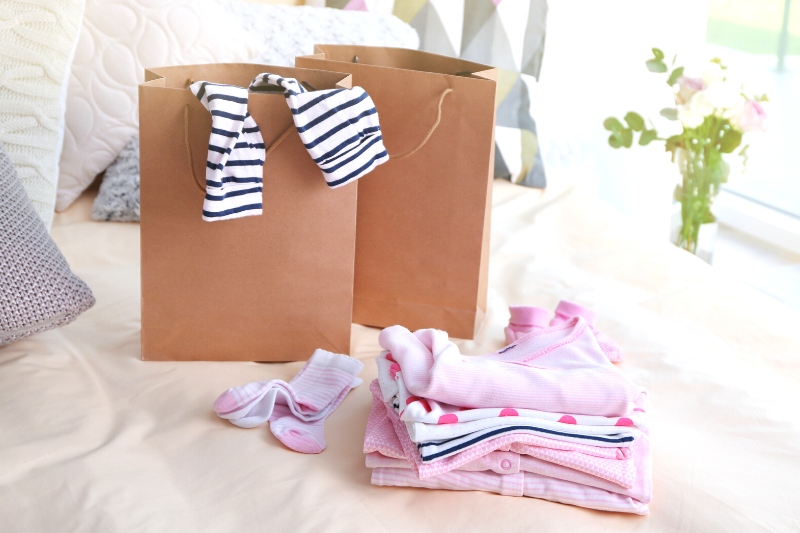
How Can You Keep Your Clothes Looking New?
There are lots of steps you can take towards keeping your clothes looking young. And don’t worry, none of them involve washing your clothes less frequently than a caveman might wash his furry onesie.
You can follow these steps and still maintain healthy relations with people equipped with working noses.
1. Pick the right machine setting
Some clothes just don’t like any heat. You should respect them and pick whatever setting their care label directs you towards.
Even those that are good for 40°C action will enjoy a cooler wash if you can give it to them. If your machine has an eco setting, even better. It should deliver a clean result with an absolute minimum of heat being applied.
2. Don’t overload

It’s sometimes tempting to stuff in as many clothes as you can fit into a washing machine, as you want to get the best value out of every wash. After all, this might be the last one you do for a week or so.
The more clothes you squish in, the more damage they will sustain as they get crushed and rub too strongly against each other. So, give them a little room. If you have to do more than one wash as a result, do that. Your garments will love you for it.
3. Wash inside out
Such a simple thing, but it can make a world of difference. What it does is to make sure that any damage sustained by a garment in the big in-machine jostle will just be delivered to the part that nobody will see. Any scuffing or roughening will be a secret between you and your blouse.
4. Consider using a washing bag
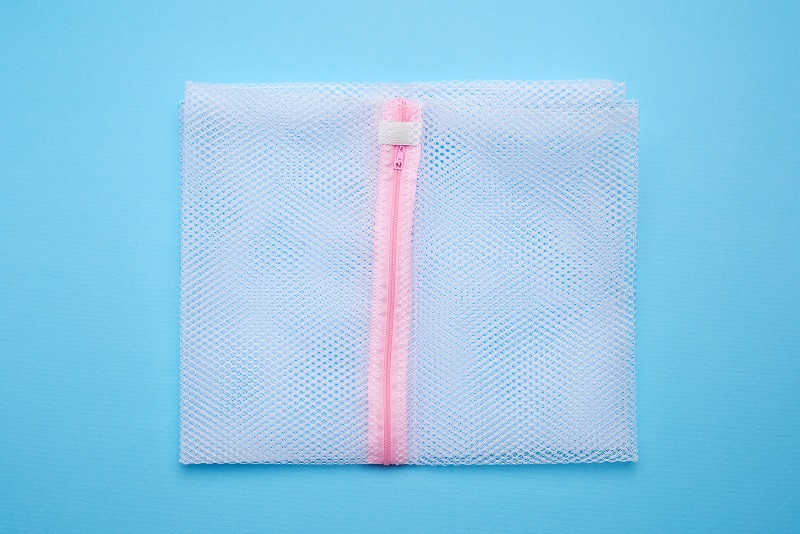
Another great way of protecting clothes from the roughhousing that a spell in the washing machine can mean is to pop them in a mesh washing bag.
This protects from tangles and wear, and also puts an end to that great mystery of the modern age: the sock that never makes it out of the wash, leaving its partner bereft and missing the good times when it was all paired-up.
5. Think about your detergent
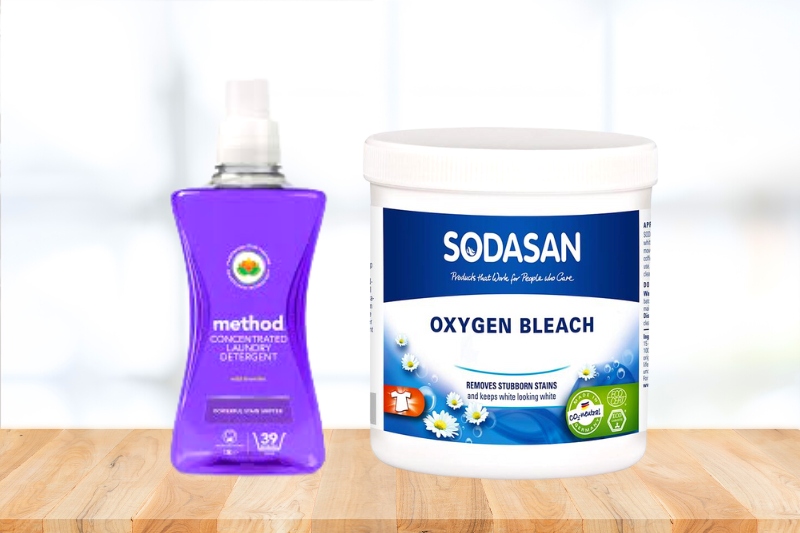
Try getting a milder detergent. The uber-powerful ones can be uber-damaging to your clothes as they lay waste to stains and what have you. A less toxic detergent will be a lot kinder to your clothes, especially if you get a plant-based one, like this one from Method.
And while we’re in the neighbourhood, don’t use chlorine bleach. It will age a garment like 20 fags a day does to a face. Opt instead for oxygen bleach, which is a much kinder alternative.
6. Line dry
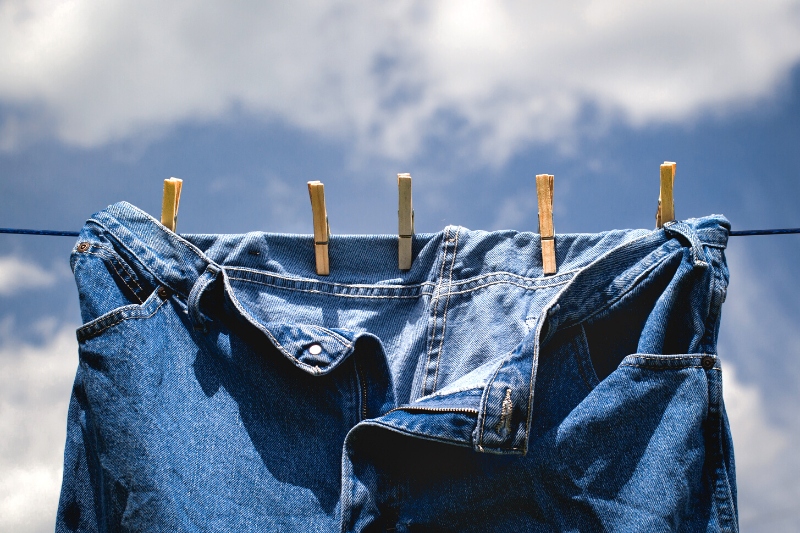
OK, this isn’t necessarily a great option for everybody, but, if you can, should dry outdoors. It’s better for your clothes, it’s better for the planet and it’s better for your pocket. And not only will your clothes last better, they’ll smell better too.
Even if you have restricted space outside, you might be able to erect a rotary dryer. If you have a small balcony, you can use a folding rack. It’s well worth the small chore involved.
One caveat here. If you’re lucky enough to live somewhere blessed with lots of sunshine, don’t leave your clothes out for hours in direct sunlight, unless they’re whites.
This is because sunlight has a bleaching effect, so be careful with those coloured cottons taking a solar bath.
Handle with Care

We might have got used to a certain amount of disposability with our clothing. It’s so cheap to get new items that it’s perhaps easy not to give due emphasis to caring for those items we already have.
However, as ecological concerns grow ever more pressing, we are all going to have to start caring for our possessions with more diligence than of late.
Moreover, eco-crisis or no eco-crisis, sometimes you just want a favourite jumper to last and to stay looking good. Now you know what to do to make this happen.

Martin’s life revolves around films, dogs and food, but rarely all at the same time. At least two out of these three like to give clothes and furniture a hard time, and Martin enjoys discovering and writing about new ways to stop them doing their worst.
